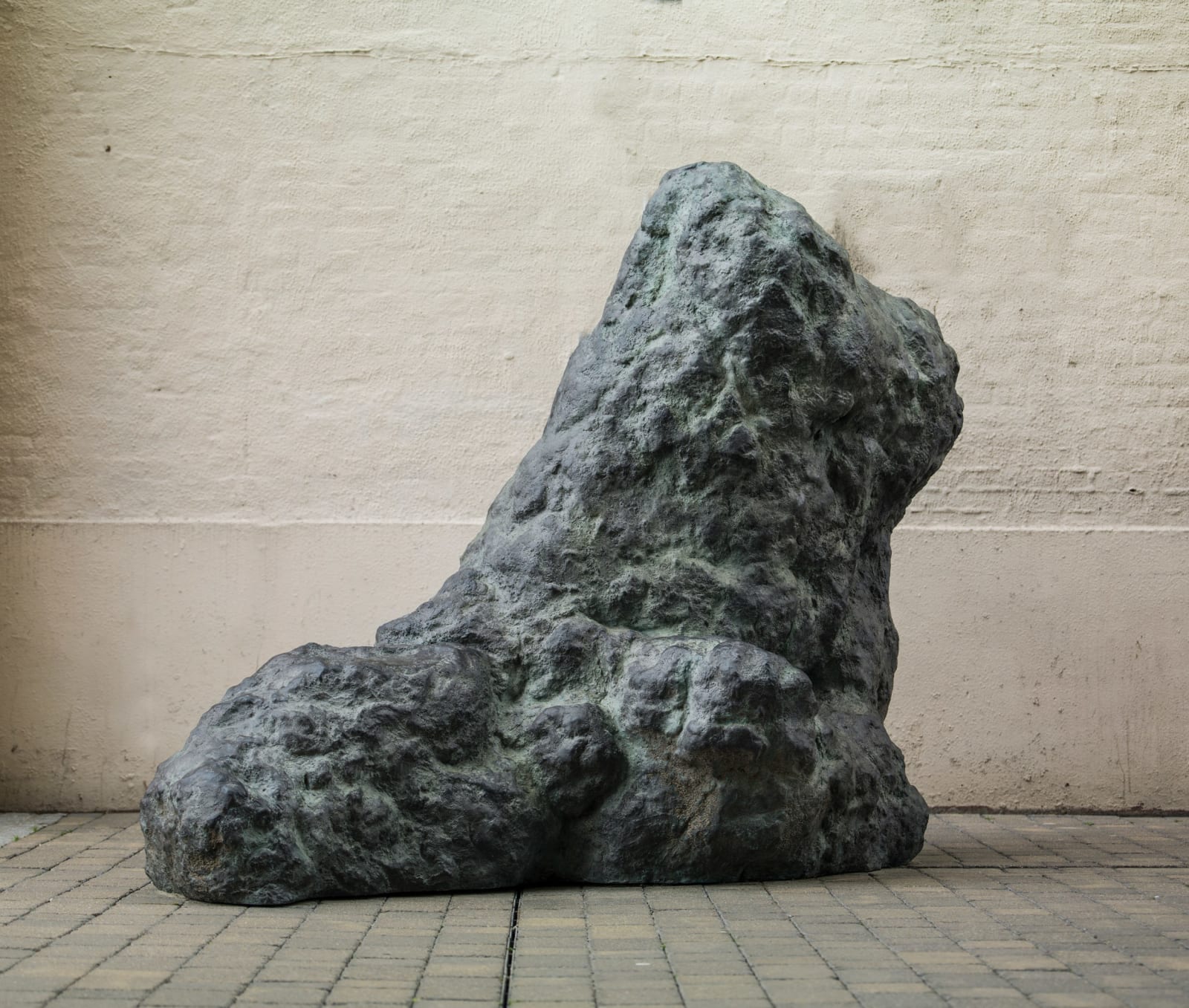William Tucker RA British, b. 1935
82 5/8 x 115 x 55 1/8 in
Further images
Provenance
From the artist
Exhibitions
Lustwarande, The Netherlands, 2015
William Tucker: Unearthing the Figure, 2014, PL
Literature
William Tucker: Unearthing the Figure, 2014; William Tucker: Sculpture and Drawing, 2010
Publications
William Tucker: Unearthing the Figure, 2014; William Tucker: Sculpture and Drawing, 2010









